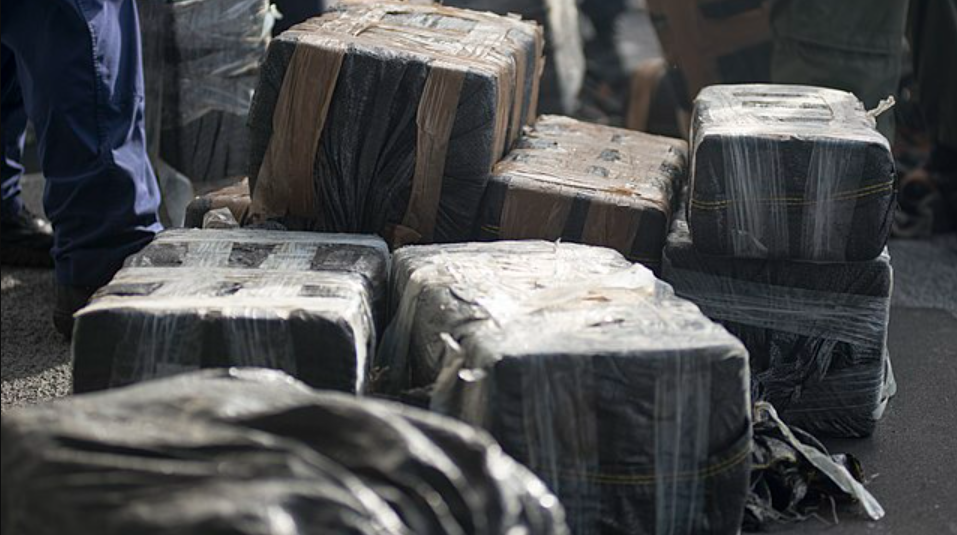Record-Breaking $526 Million Cocaine Haul Seized in Bolivia.
Others are reading now
Bolivia reported its largest ever cocaine seizure, involving more than eight tons of the drug, which was hidden in a substantial timber shipment and apparently destined for the Netherlands.
According to Al Arabiya, this historic bust was announced by Bolivia’s Interior Minister Eduardo del Castillo, who revealed that the powdered cocaine had a street value of approximately $526 million.
The seized drugs, valued at $224 million locally, are expected to fetch nearly double that amount in Europe, the suspected final destination of the illicit shipment.
Also read
This record-breaking seizure, originating from Bolivia’s western Oruro department, signifies a significant blow to the drug trafficking operations in the region.
According to Interior Minister Eduardo del Castillo, four individuals were arrested in connection with the bust, with the minister describing one of these four as a ‘big fish.’
Bolivia is the world’s third-largest producer of cocaine.
FAQ
-
What is Cocaine and How is it Used? Cocaine is a tropane alkaloid and a central nervous system stimulant. It’s primarily obtained from the leaves of two Coca species native to South America and is mainly used recreationally for its euphoric effects. After extraction and processing into cocaine hydrochloride (powdered cocaine), it can be administered by snorting, applying topically to the mouth, dissolving and injecting into a vein, or in free base form (like crack cocaine) where it’s heated and the vapors inhaled.
-
What are the Risks Associated with Cocaine Use? A single dose of cocaine can induce tolerance to the drug’s effects, and repeated use is likely to result in addiction. Cocaine use increases the overall risk of death, with intravenous use potentially increasing the risk of trauma and infectious diseases. It also heightens the risk of stroke, heart attack, cardiac arrhythmia, lung injury, and sudden cardiac death. Illicitly sold cocaine can be adulterated with other substances, adding to its toxicity.
-
How Prevalent is Cocaine Use Worldwide? Globally, in 2019, an estimated 20 million people, or 0.4% of adults aged 15 to 64 years, used cocaine. The highest prevalence of cocaine use was in Australia and New Zealand (2.1%), followed by North America (2.1%), Western and Central Europe (1.4%), and South and Central America (1.0%). Despite its high potential for abuse, cocaine has some accepted medical uses, such as a topical local anesthetic for the upper respiratory tract


